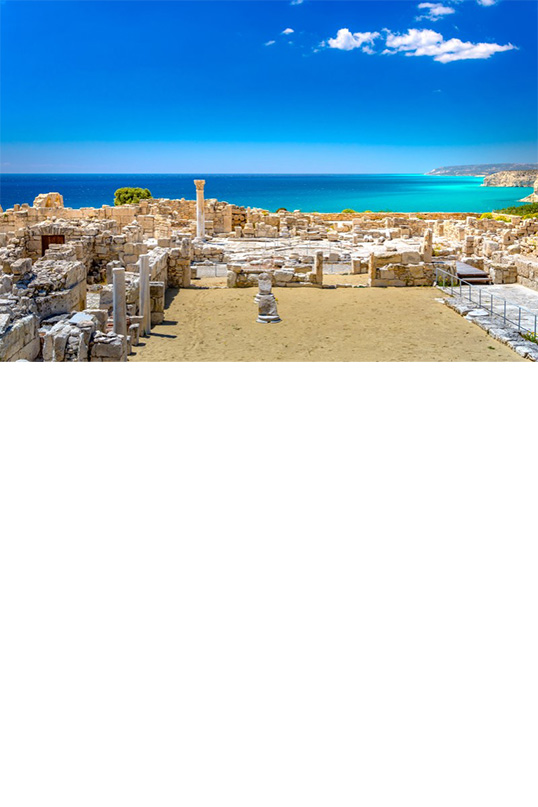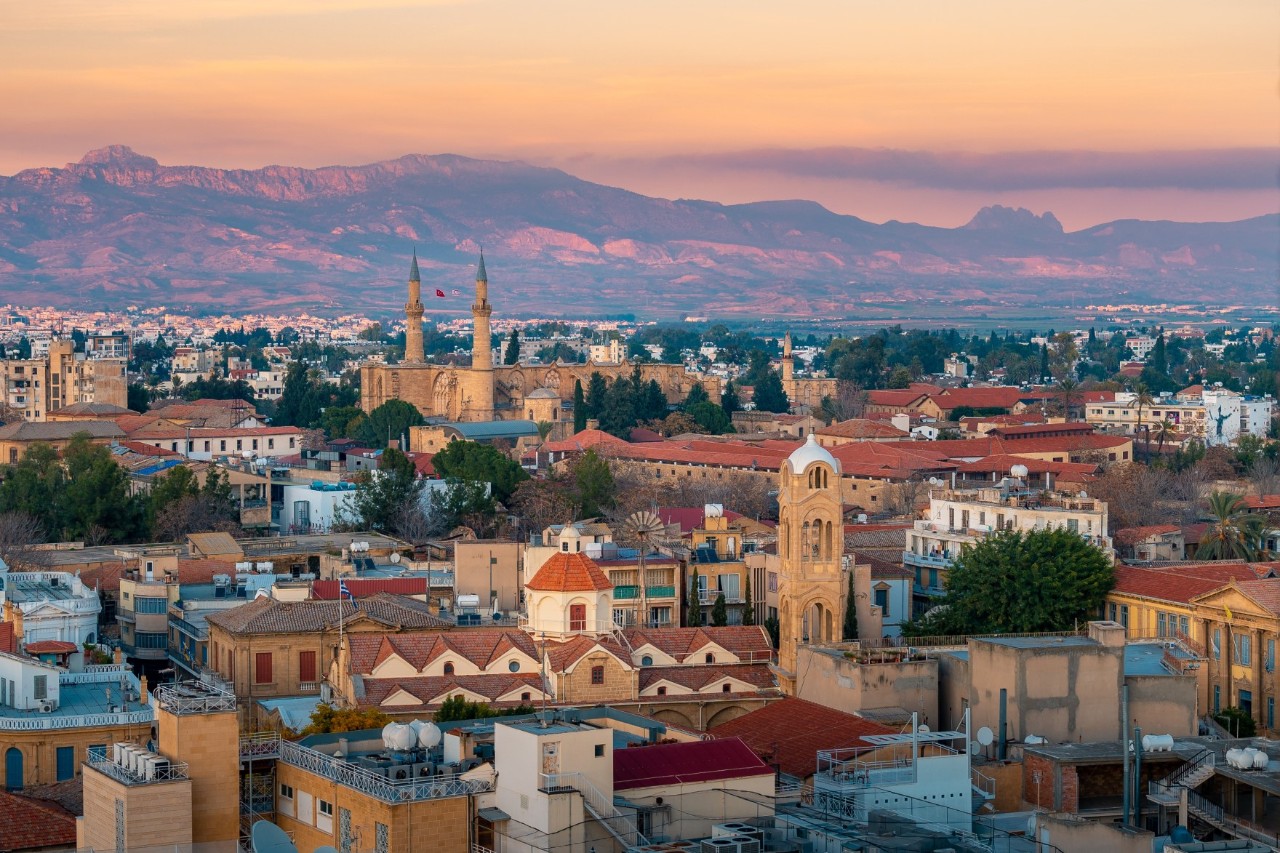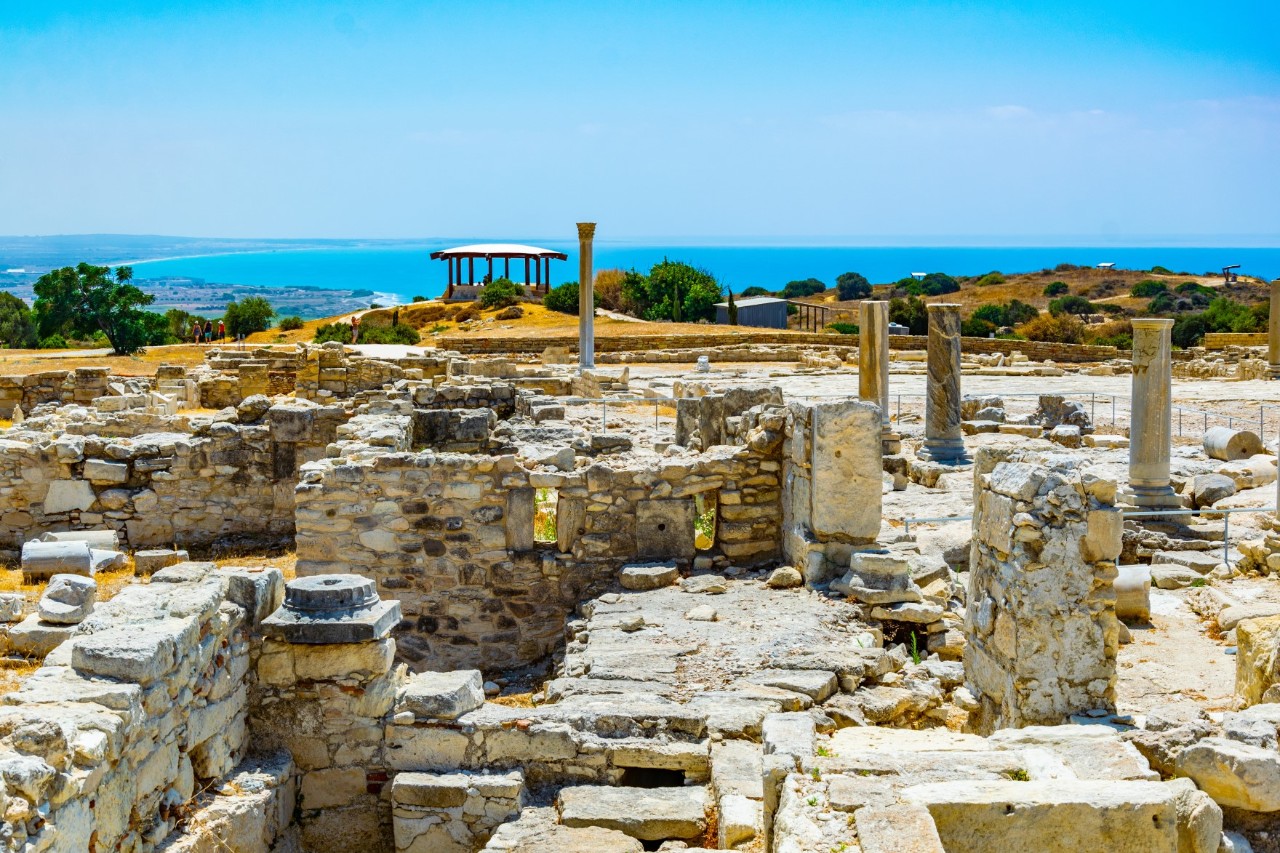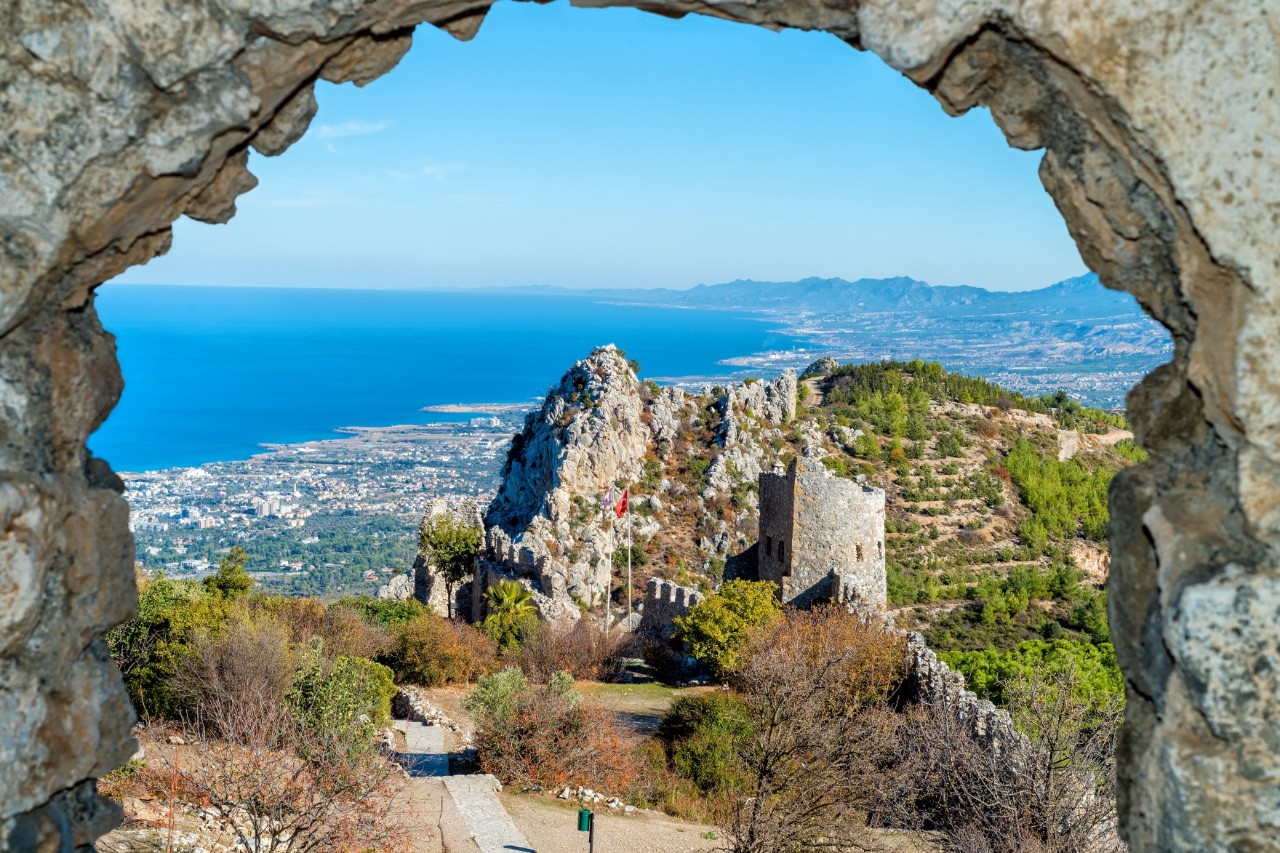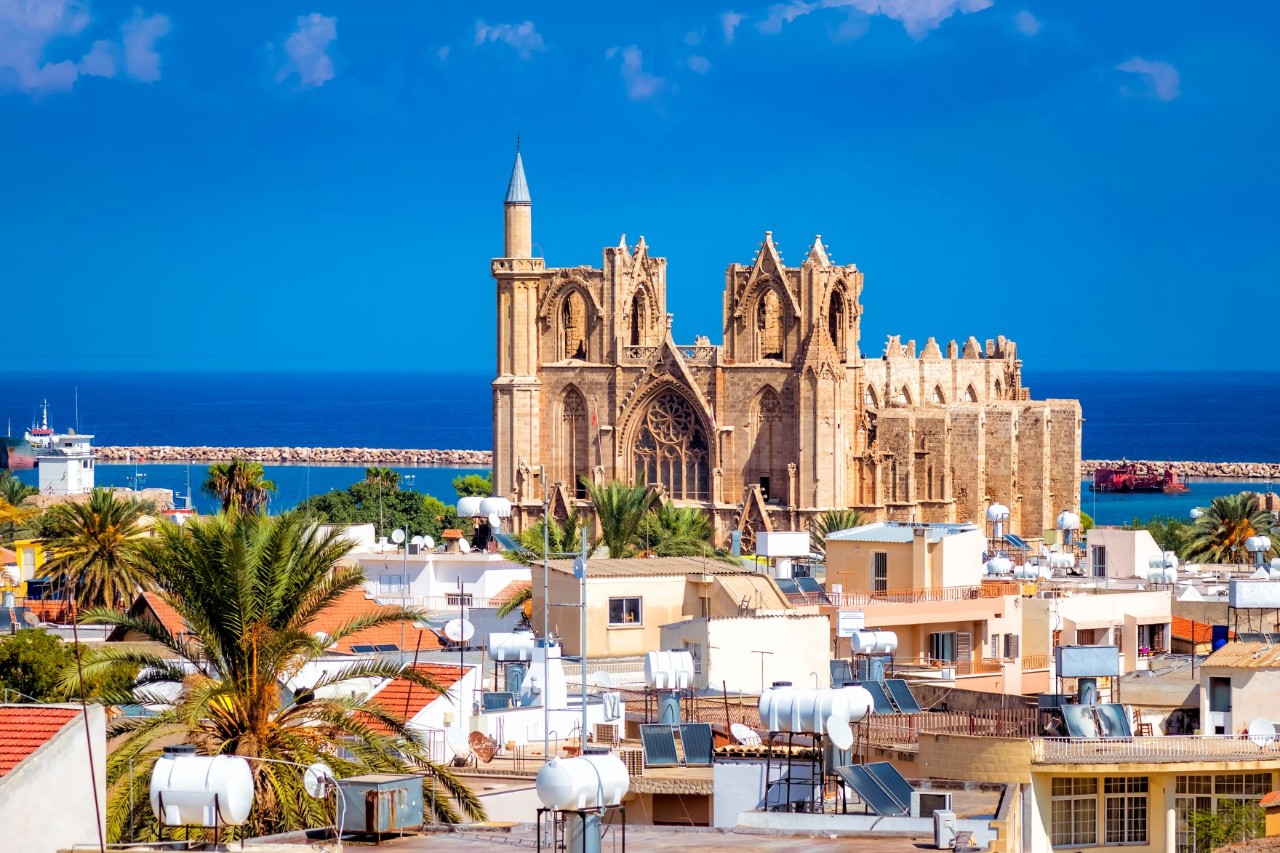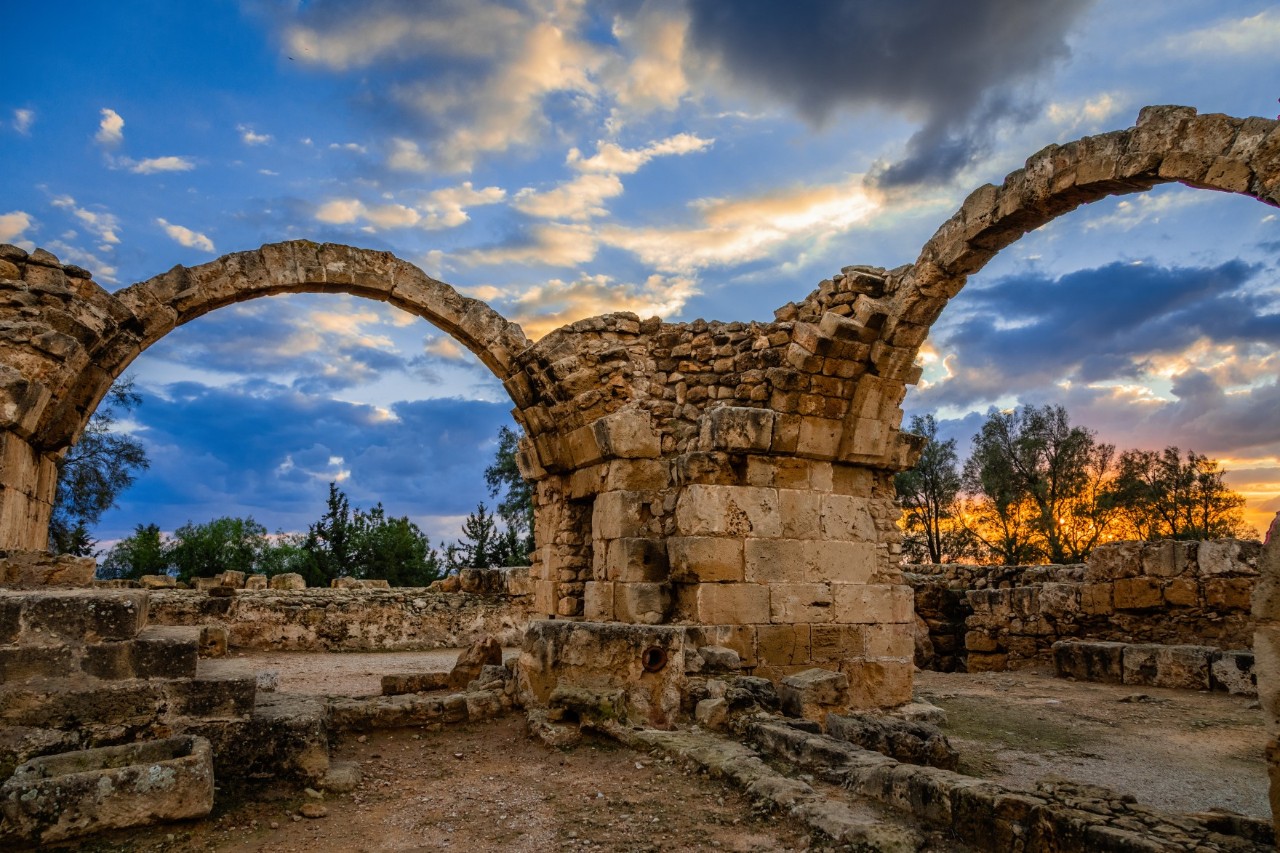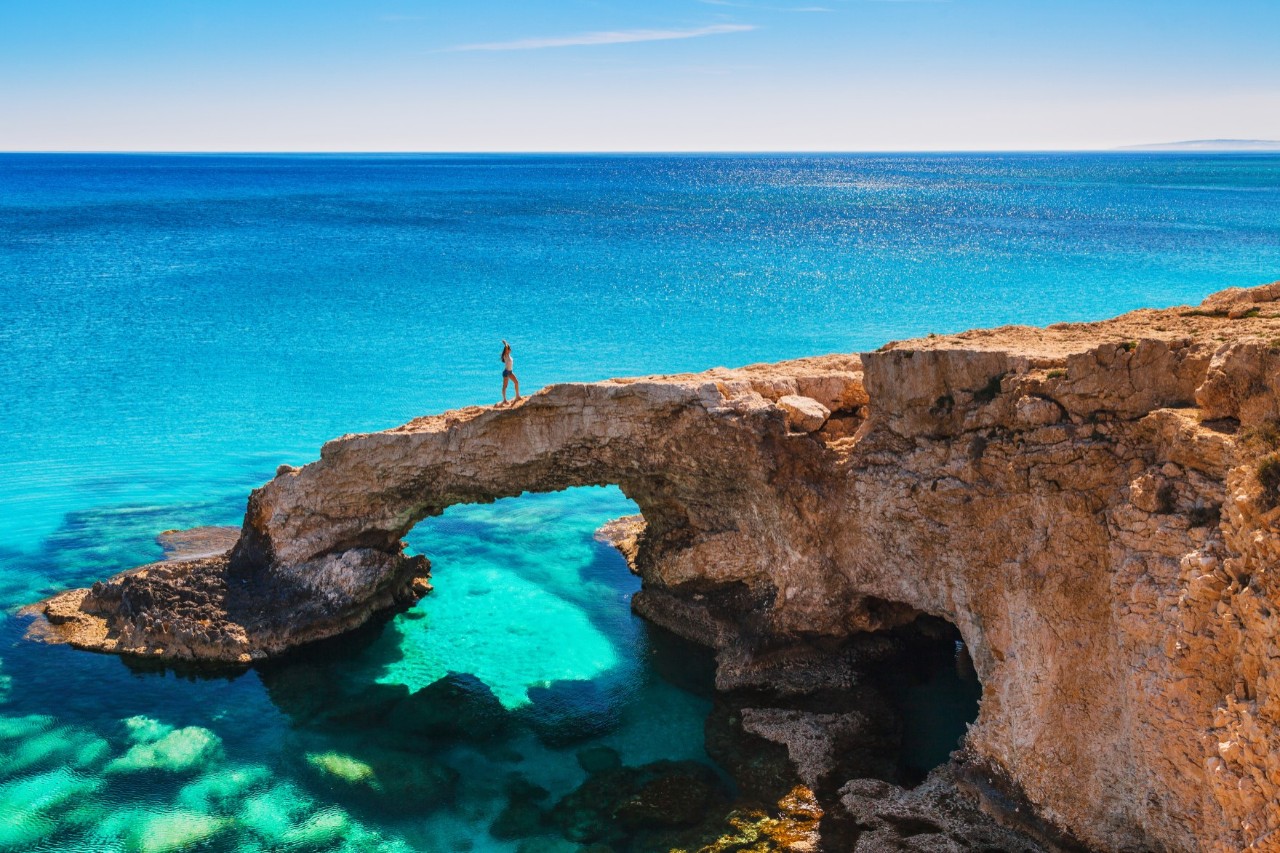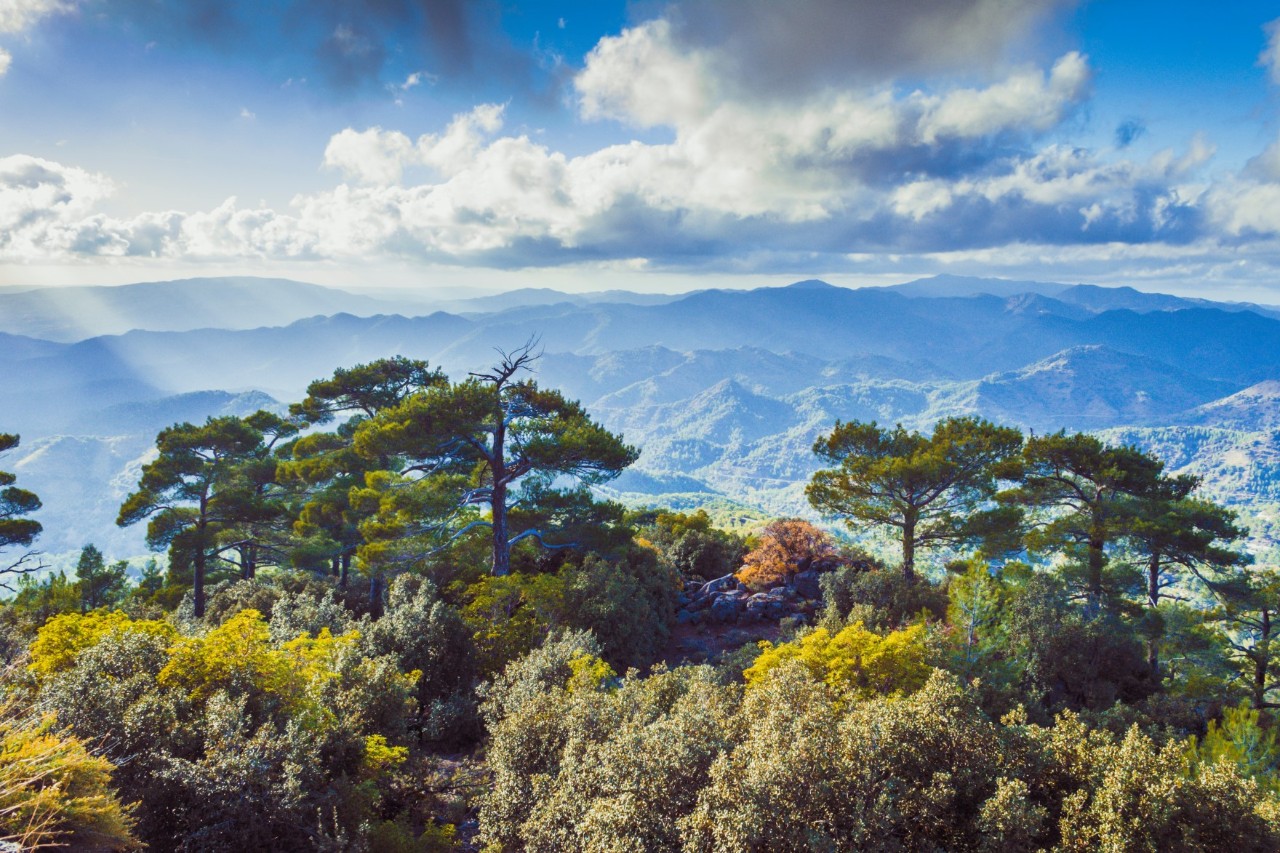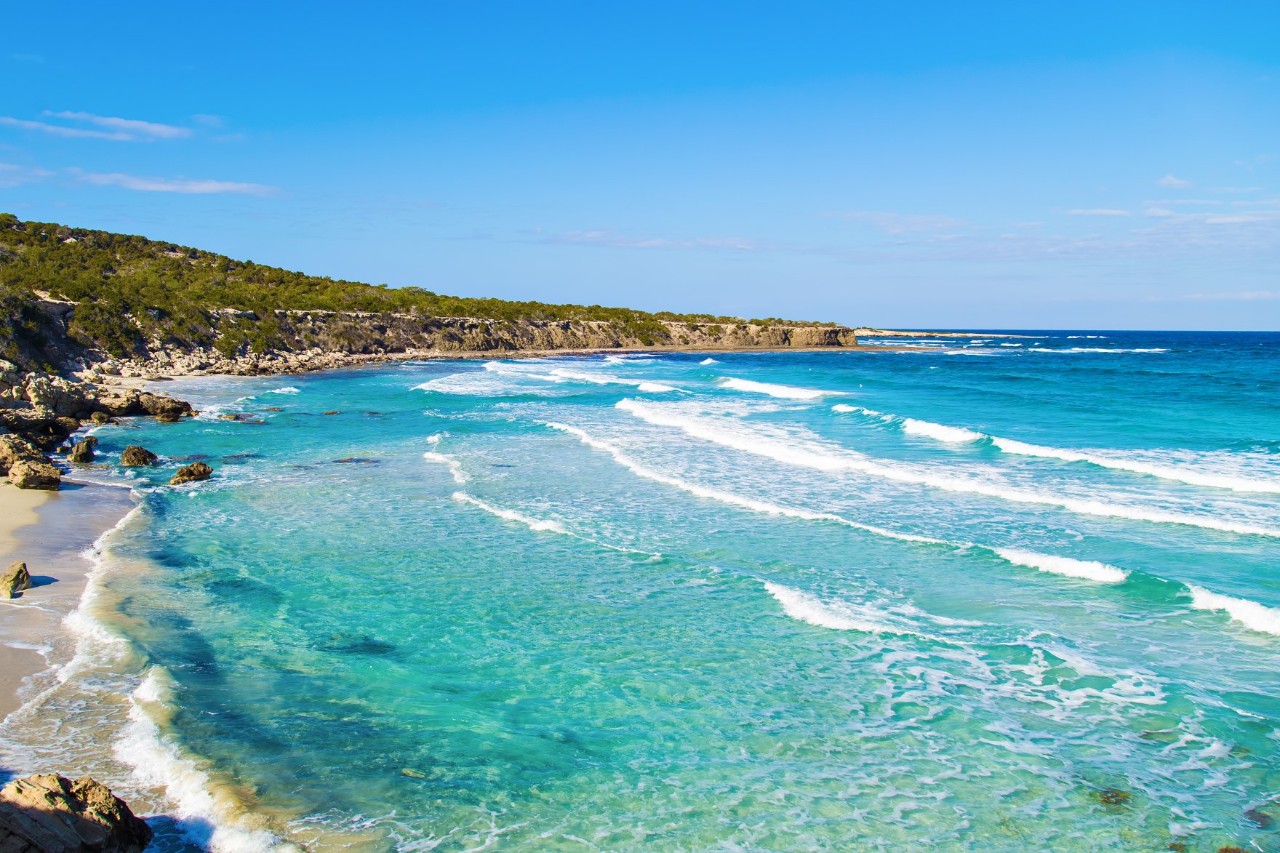Orient meets Occident
In Cyprus, the third largest island in the Mediterranean, azure-blue waters and Mediterranean beauty meet rich history and culture. The island combines the rich history of Europe, from ancient Greece to the Roman Empire, with the legacy of the Ottoman Empire. While the Venetian fortresses and Greek temples in the south reflect the European past, the Ottoman mosques, fortifications and bazaars in the north show the oriental influence. Cyprus also offers endless beaches with crystal-clear water, unspoilt nature such as the Troodos Mountains and a wonderful culinary variety ranging from meze to baklava. This mixture makes Cyprus unique - an island where you can experience the full diversity of the history and nature of the Mediterranean firsthand.
Numbers, data, facts
- Time difference: + one hour
- Population: 1.1 million
- Official language: Greek and Turkish
- Currency: Euro (EUR) in the Greek Cypriot south and Turkish Lira (TRY) in the Turkish Cypriot north
Ten highlights of Cyprus
Cyprus from BER
- Airline to Larnaca
- Airport from BER
- Airline to Paphos
- Airport from BER
Five travel tips for ...
- Breathtaking: wild nature, rocky bays and the Blue Lagoon on the Akamas Peninsula
- Natural idyll: white sand, clear water and shady pine forests at Konnos Bay
- Family paradise: Calm waters and golden sand at Fig Tree Bay
- The perfect wave: Windsurfing and surfing at Kourion Beach
- Picturesquely rugged: limestone cliffs and deep blue sea at Cape Greco
- Kleftiko - lamb slow-cooked in a clay oven with herbs
- Macaronia tou Fournou - Cypriot form of lasagne
- Fasolada - flavoured bean soup with vegetables and herbs
- Souvla - spicy marinated, grilled meat skewers made from pork or lamb
- Loukoumades - deep-fried dough balls coated with honey and cinnamon
- Kourion - the ancient Greek-Roman city, known for its amphitheatre and well-preserved mosaic floors
- Kyrenia Castle – an impressive medieval fortress with great views
- Kykkos Monastery – an important Byzantine monastery in the Troodos Mountains
- Salamis - well-preserved ruins of an ancient city with baths and a theatre
- Paphos Archaeological Park - the most important archaeological site in Cyprus and a UNESCO World Heritage Site
Picture Source title:
© gatsi/stock.adobe.com
The information published on this page is current as of the date of publication or update.

